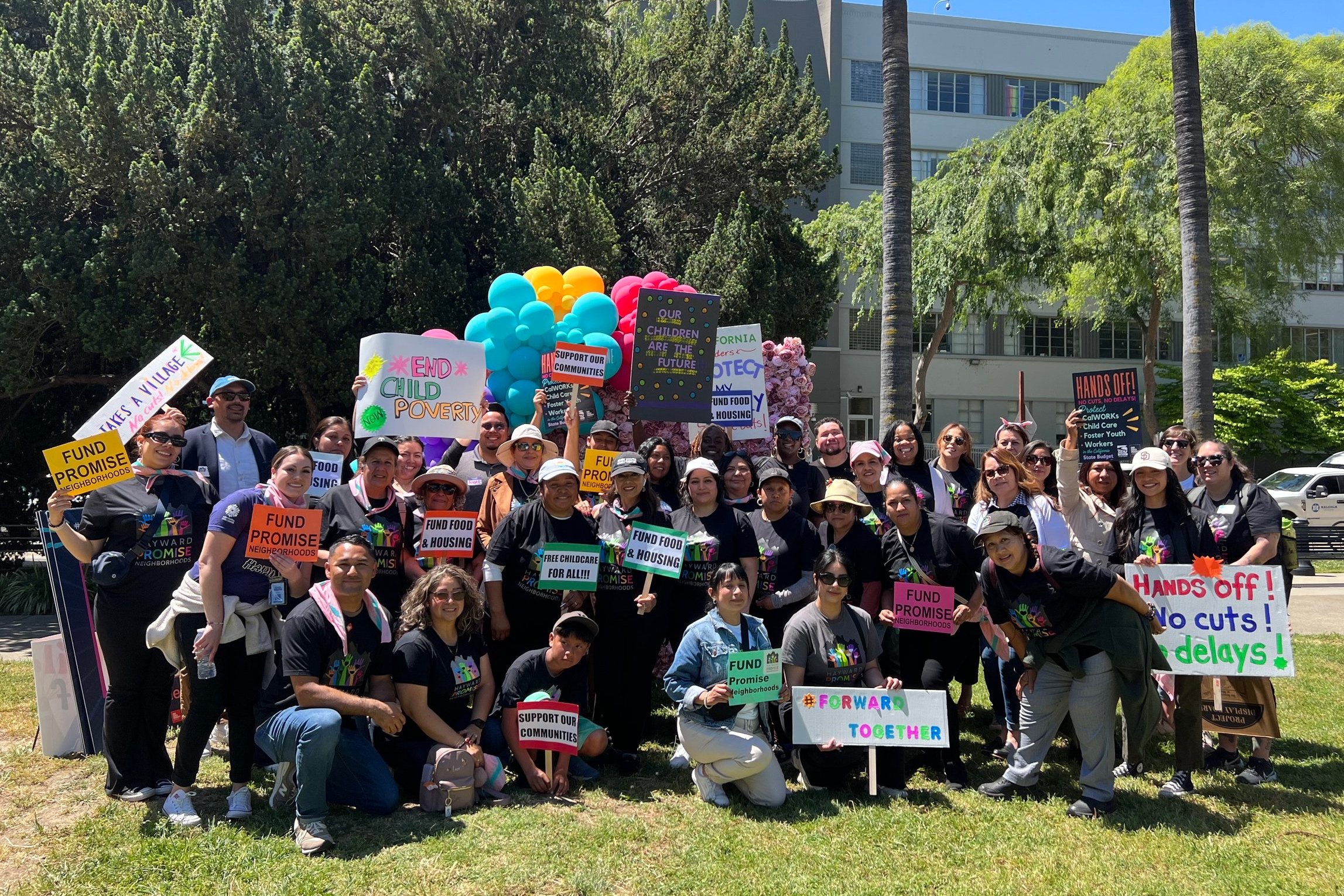
Give Every Child the Opportunity to Thrive
The California Promise Neighborhood Network is committed to ensuring every child in California has the opportunity to thrive. Through cradle-to-career support and collective impact strategies—such as a shared vision, coordinated actions, and strong partnerships—we’re transforming communities into places of opportunity
Since 2012, California’s Promise Neighborhoods have delivered measurable results, from improving reading and math scores to boosting high school graduation and college enrollment rates.
CA Promise Neighborhood Network’s long-term, comprehensive approach is especially vital for historically disenfranchised communities—creating lasting change, neighborhood by neighborhood.
Today, six Promise Neighborhoods are leading the way in California’s most underserved areas.
Together, we’re building a future where every child can succeed.
Vision Statement
The California Promise Neighborhood Network believes that every child in California deserves a Promise Neighborhood.
To improve the lives of children, from cradle-to-college and career, all elements of collective impact must be put into action.
By having a common agenda, shared measurement systems, mutually reinforcing activities, continuous communication and a backbone organization, all children and their families will be able to live in communities of opportunity.



